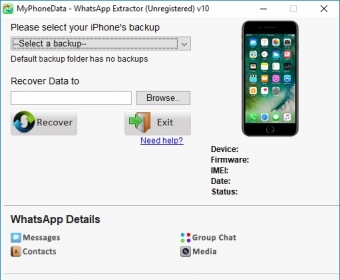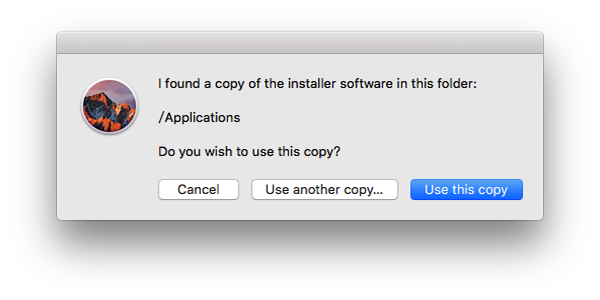

#Diskmaker x sierra mac
Holding the Option key when powering on an Intel Mac brings up the EFI-based Startup Manager interface, which shows icons and names for all attached bootable volumes.
#Diskmaker x sierra update
( Update 2022-03: Looking at this Apple support article, it appears they’ve fixed the problem the Apple Way™ by removing all references to the Sierra installer.) Custom icons in Startup Manager I’ve used their feedback form to raise the issue with a link back to this post. As of this writing, this Apple support page is still serving the affected installer from this URL. Sudo plutil -replace CFBundleShortVersionString -string "12.6.03" /Applications/Install\ macOS\ Sierra.app/Contents/istĪfter which DiskMaker X should run without issue.Įvidently, something within the reissued installer wasn’t updated to account for the new version number. With the Sierra installer, I ran into an issue where DiskMaker X would fail with the following error: I did find DiskMaker X 6 would occasionally skip setting a partition’s Finder window background, but this can easily be rectified by locating the appropriate background image within the app’s Contents/Resources/ directory and applying it via Finder’s View > Show View Options.
#Diskmaker x sierra free
in the Size box, increase its value by 0.2GB to leave around 200MB of free space (although I doubt it’s actually needed).reduce it to its smallest possible size.select the other half of the newly-split partition (instead of “Untitled”).with the drive selected in Disk Utility:.run DiskMaker X (version 6 for Yosemite through Sierra each subsequent release has its own dedicated app) to load the installer to the largest “Untitled” partition, remembering to select “Another kind of disk” so as not to wipe the entire drive.Then for each OS X/macOS version, I would: I started by opening Disk Utility, selecting View > Show All Devices, selecting the inserted drive, and erasing it as “Mac OS Extended (Journaled)” using “GUID Partition Map”. It’s possible to minimize the unused space on the drive by shrinking each partition after its installer has been loaded. The most recent three are downloaded via the App Store the rest are actually disk images containing installers that you run manually.


Disk Utility on a clean macOS High Sierra installation.An SSD with more capacity and/or a USB-C plug would be ideal, but this works for me right now. I’ll probably dedicate an older hard drive to those later for my vintage Mac futzing. I’ve left the installers for 10.7, 10.8, and 10.9 off of this second iteration as re-signed versions of those weren’t posted, and because I like round numbers. (They would still boot, but the installer would claim it was damaged and refuse to proceed unless the system’s clock was backdated beforehand… and even then it wouldn’t always work for me.) But as Apple has since deigned to re-sign and post installers for Yosemite and later, I figured it was time to rebuild my universal installation drive from scratch, and record the process. Mine was originally stocked with installers for Lion through Catalina, and it worked well.īut then came the Great Certificate Expiration of 2019 which caused them all to simply stop working after October 24. In my line of work, I’ve found it useful to have a USB drive with installers for each version of macOS on separate partitions.


 0 kommentar(er)
0 kommentar(er)
